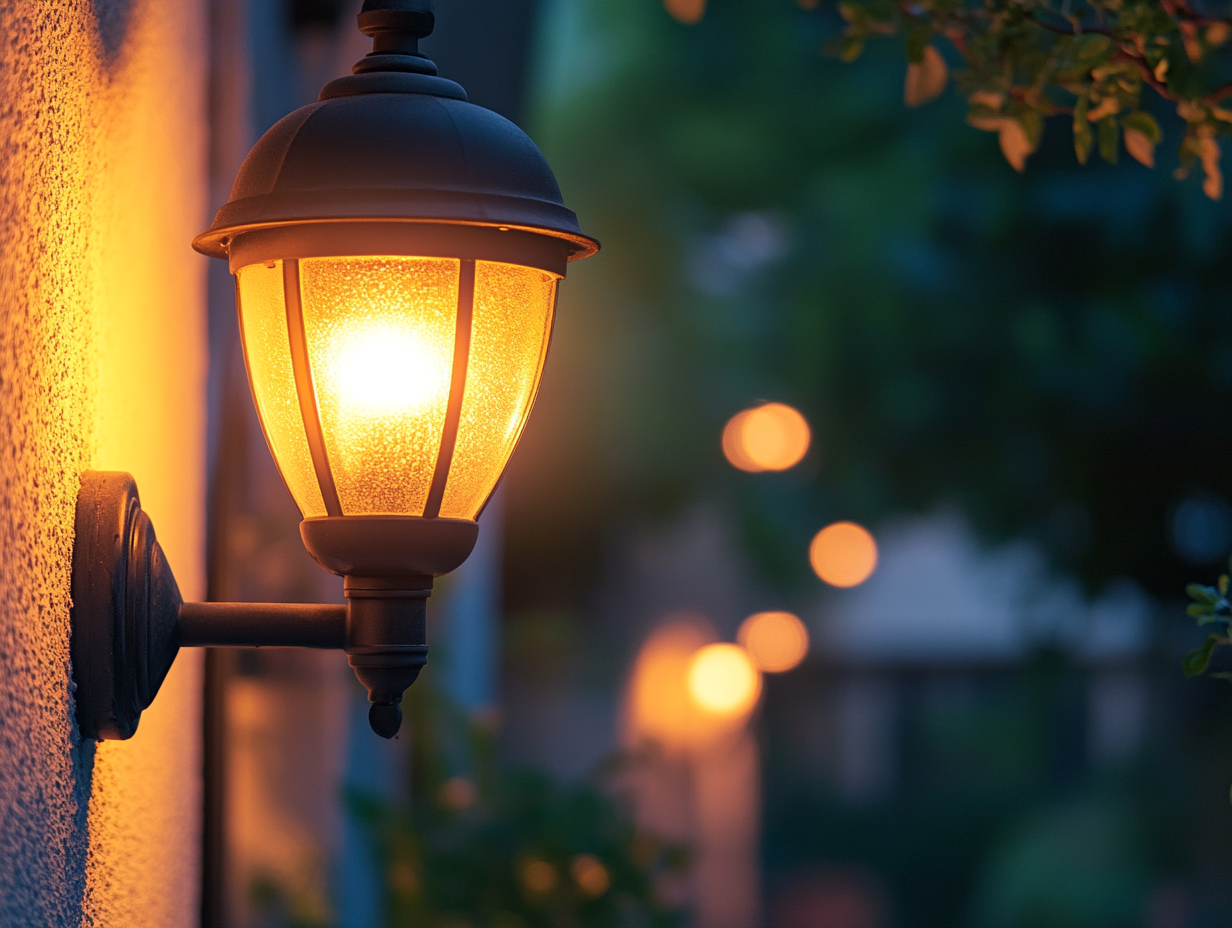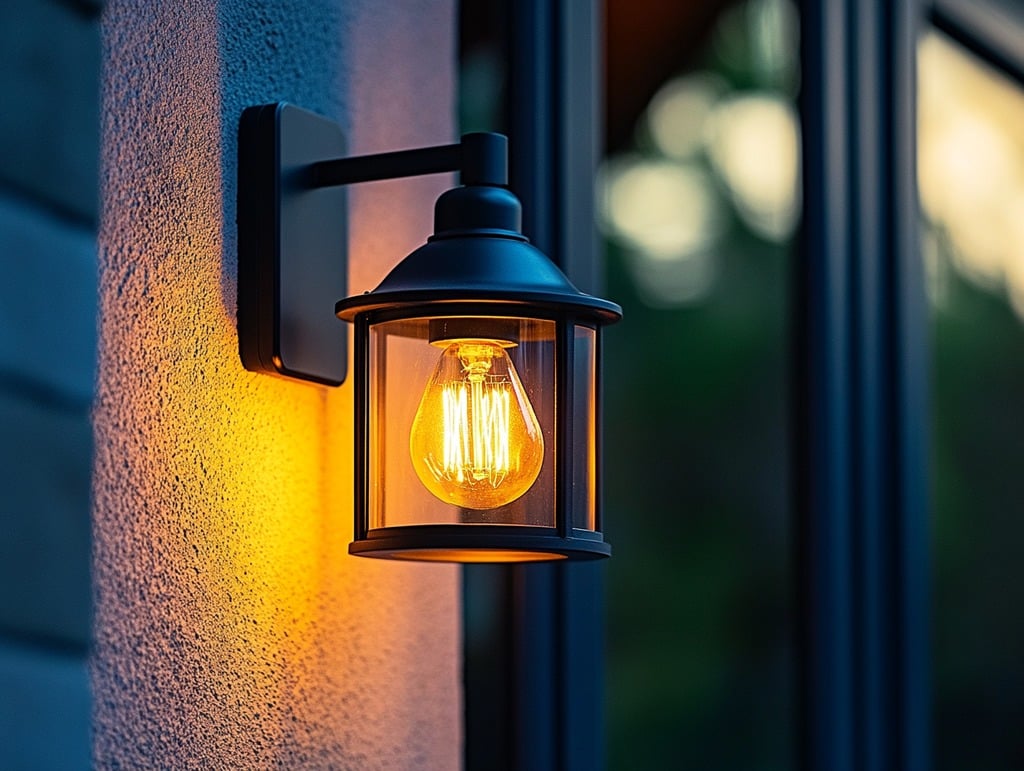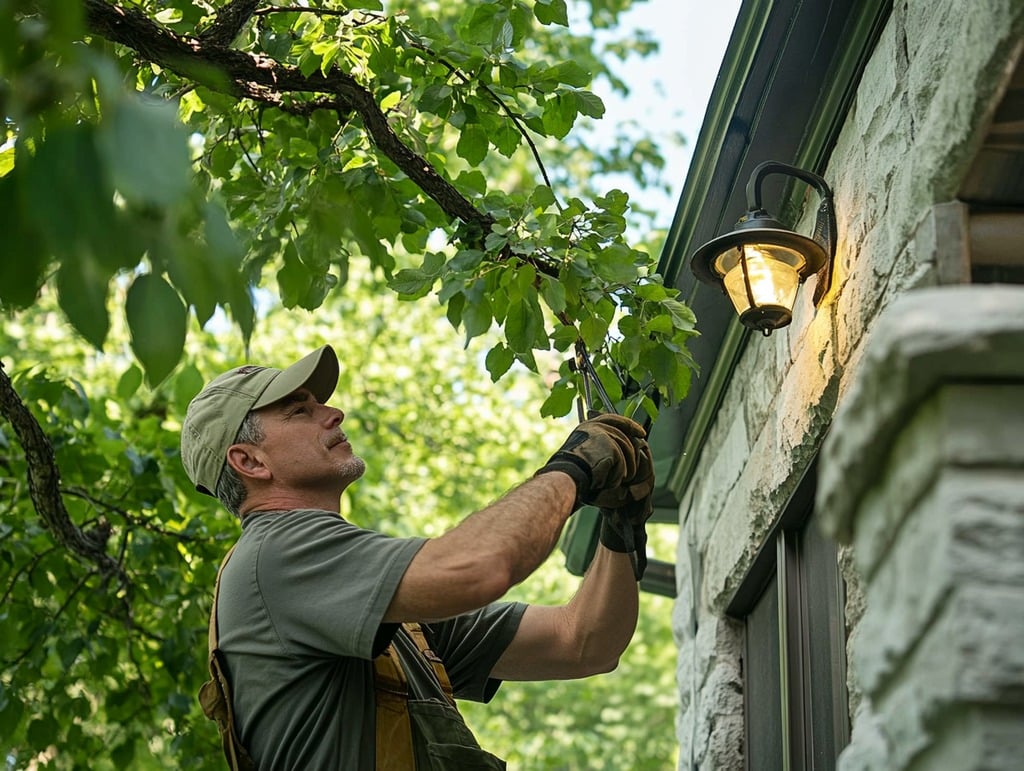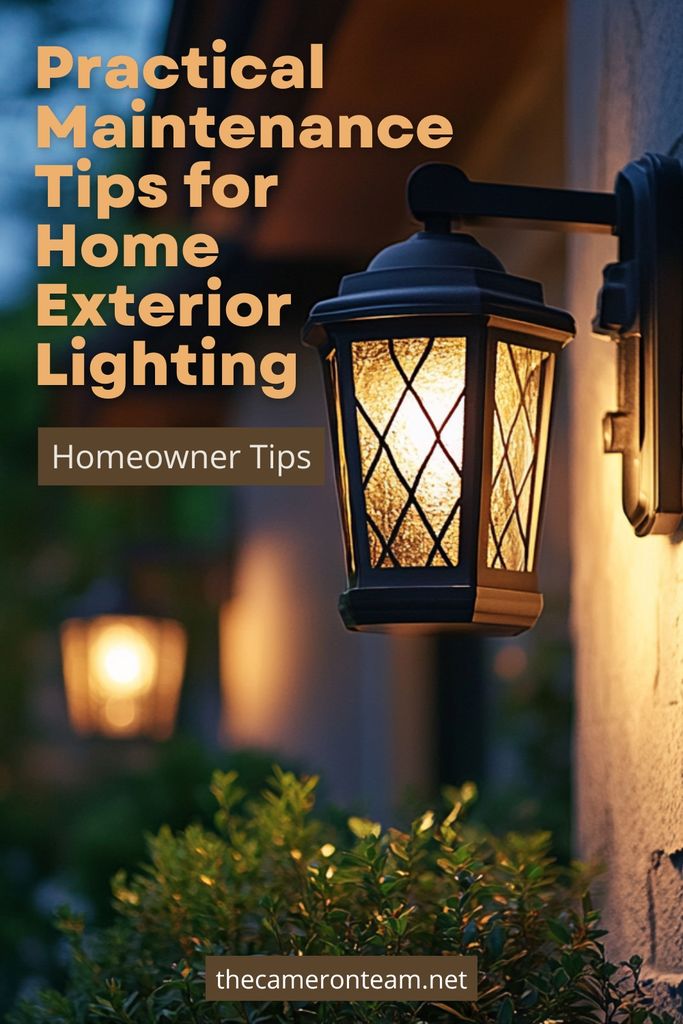When it comes to your home’s exterior, lighting is more than just a decorative element. It enhances curb appeal, deters intruders, and keeps your outdoor spaces safe and functional at night. Yet, like all things, exterior lighting requires a little TLC to stay in its prime.
From cleaning fixtures to troubleshooting electrical issues, we’ve got you covered with easy-to-follow maintenance tips. So, whether you’ve got a string of fairy lights on your patio or high-tech motion sensors guarding your driveway, these suggestions will help you keep your lighting game strong.
1. Start with Regular Cleaning
Dust, dirt, and grime are public enemy #1 for outdoor lighting. Over time, they can dim your lights, obscure their beauty, and even affect performance.
Steps to clean your exterior lighting fixtures:
- Turn off the power: Safety first! Always switch off the power before handling any lights.
- Remove covers or shades: Detach any removable parts like glass shades or covers for easier access.
- Use soapy water: A gentle soap-and-water mix works wonders for cleaning dirt and smudges.
- Scrub carefully: Use a soft cloth or sponge to avoid scratching glass or metal parts.
- Dry completely: Ensure all parts are thoroughly dry before reassembling to prevent moisture damage.
Pro Tip: Consider wiping down your fixtures every couple of months to keep them shining bright year-round.
2. Check Bulbs and Replace When Needed
Burnt-out or dim bulbs can ruin the whole vibe of your outdoor lighting setup. Regularly inspect all your fixtures to ensure they’re functioning as they should.
Here’s how to replace bulbs safely:
- Turn off the power: Again, safety first!
- Match the bulb type: Always use bulbs that match the wattage and specifications of your fixture. LED bulbs are an excellent choice for energy efficiency and longevity.
- Install properly: Ensure the new bulb is securely fitted to avoid flickering or poor performance.
3. Inspect Wiring and Connections
Faulty wiring or loose connections can lead to flickering lights—or worse, a total outage.
What to look for:
- Exposed or damaged wires due to weather or pests.
- Loose connections at the bulb socket or wiring terminals.
- Signs of corrosion, especially on fixtures located near the ocean or in humid climates.
If you spot any serious issues, it’s best to call an electrician to fix them safely.
4. Address Weather-Related Wear and Tear
Outdoor lighting fixtures face the wrath of nature daily, from scorching sun to heavy rains and icy winters.
Protect your fixtures by:
- Applying a coat of weather-resistant spray to metal components.
- Ensuring all exposed wiring is sealed and insulated.
- Tightening loose screws or mounts that may have shifted due to wind or vibrations.
5. Upgrade to Smart Lighting
If you’re still dealing with manual switches or traditional bulbs, it might be time for an upgrade. Smart lighting offers convenience, energy savings, and modern features like motion detection and app control.
Benefits of upgrading:
- Schedule lights to turn on/off automatically.
- Use motion sensors to light up your driveway or yard when movement is detected.
- Customize brightness and color settings to match your mood or occasion.
6. Trim Surrounding Foliage
Overgrown trees, bushes, or vines can block your exterior lights, reducing their effectiveness. Trim nearby plants regularly to ensure your lights illuminate the intended areas.
7. Test Your Timer and Motion Sensors
If your lights rely on timers or motion sensors, ensure they’re calibrated correctly.
Here’s how:
- Check the timer settings to align with your daily routine or seasonal changes.
- Adjust motion sensor sensitivity to prevent false triggers from pets or wind.
- Test the range to ensure sensors cover the desired area effectively.
8. Protect Your Lights from Insects
Outdoor lights are notorious for attracting bugs, which can make maintenance a nightmare.
Quick solutions to minimize insect troubles:
- Use yellow or warm-colored bulbs, which attract fewer bugs.
- Clean insect debris regularly to prevent blockages or overheating.
- Install bug shields or covers on fixtures if possible.
9. Winter-Proof Your Lighting
Freezing temperatures and snow can wreak havoc on outdoor fixtures.
Winter maintenance checklist:
- Switch to weatherproof LED bulbs.
- Ensure fixtures are firmly secured to withstand heavy snow or wind.
- Check for cracks or gaps where water might seep in and freeze.
10. Schedule Annual Professional Inspections
No matter how diligent you are, having a professional inspect your exterior lighting once a year is a smart move. They can identify hidden issues like faulty wiring or worn-out components that you might miss.
FAQs
Q. How often should I clean my exterior lights?
A. Ideally, clean your lights every two to three months, or more frequently if they’re exposed to heavy dirt or debris.
Q. Can I use regular indoor bulbs for outdoor fixtures?
A. No, always use bulbs specifically designed for outdoor use. Indoor bulbs may not withstand weather conditions and could fail prematurely.
Q. What’s the lifespan of LED outdoor bulbs?
A. Most LED bulbs last 25,000–50,000 hours, making them a long-lasting and energy-efficient option for outdoor lighting.
Final Thoughts
Maintaining your home’s exterior lighting doesn’t have to be a hassle. With regular cleaning, timely inspections, and occasional upgrades, you can keep your outdoor lights shining bright and serving their purpose year-round. Not only does proper maintenance improve functionality, but it also extends the lifespan of your fixtures, saving you money in the long run.
So, roll up your sleeves, give your outdoor lighting some love, and watch your home glow like never before!








